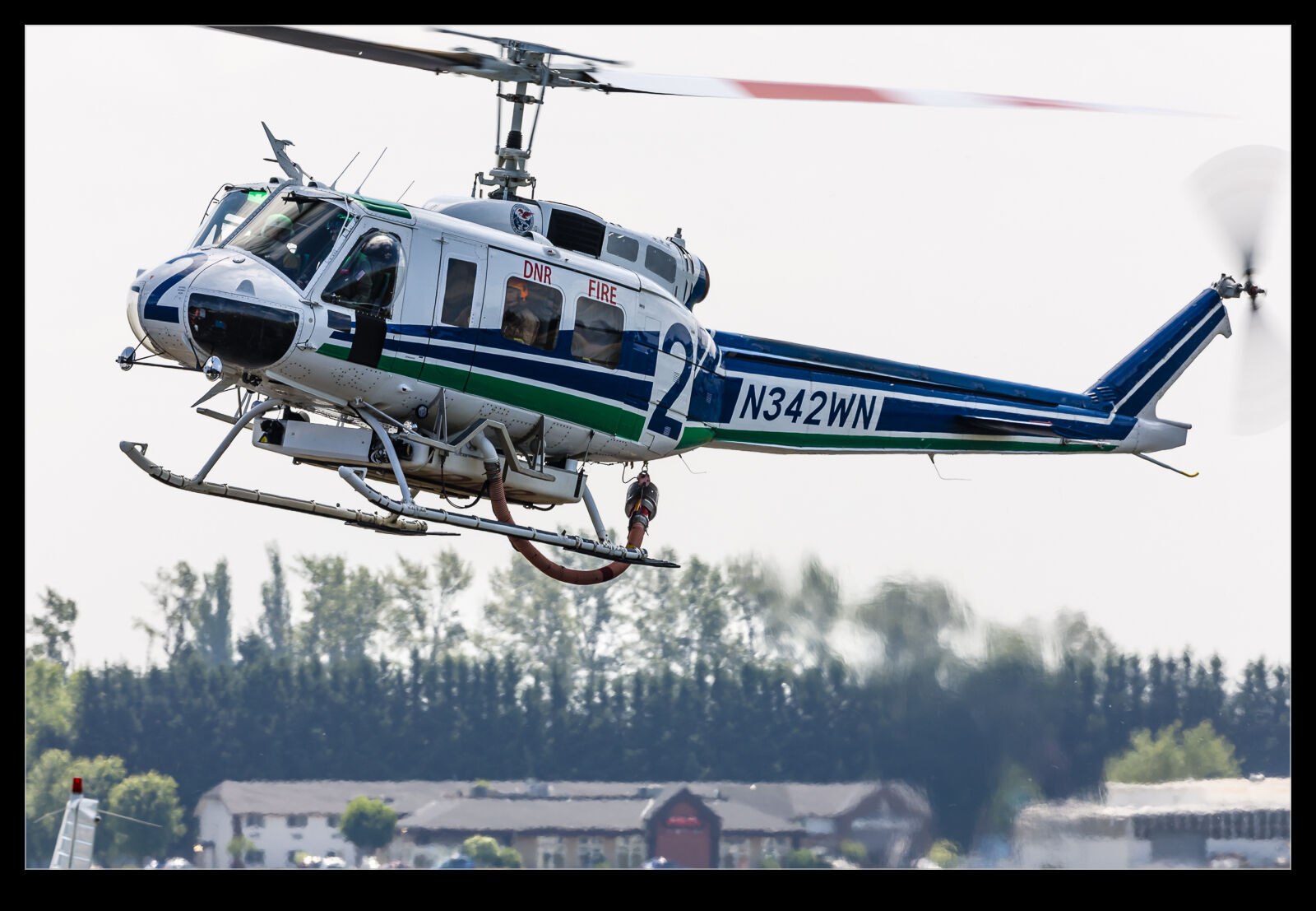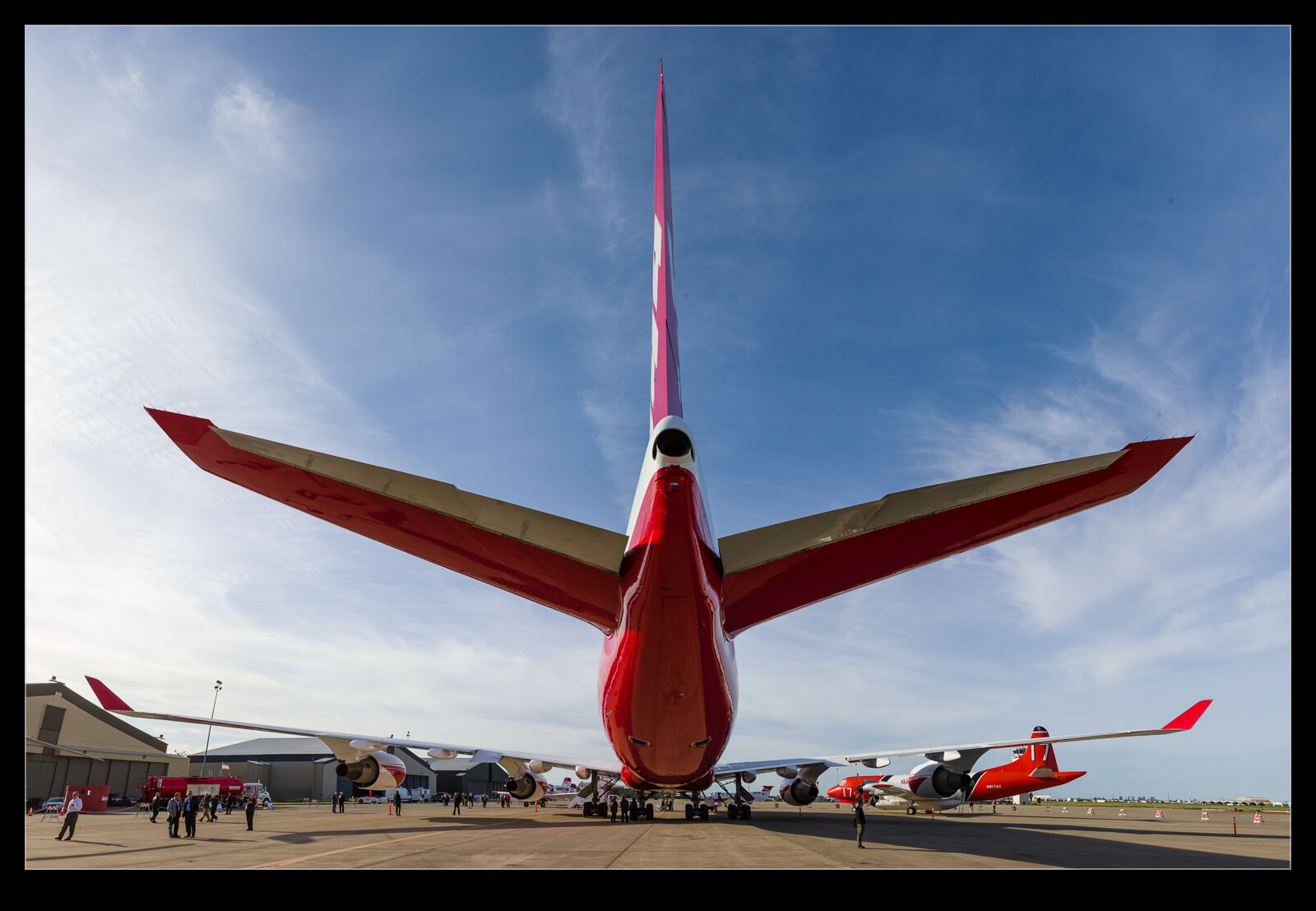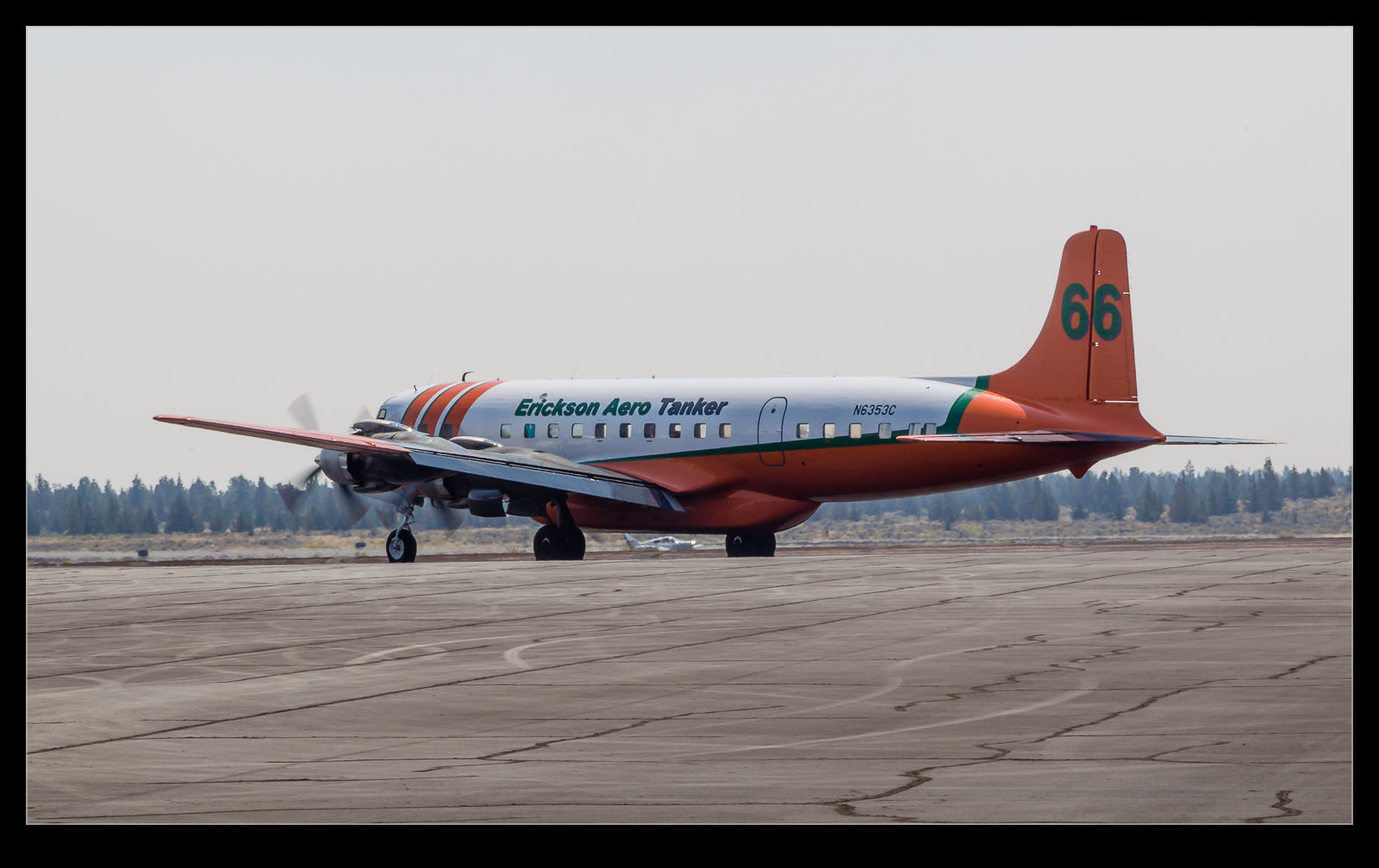 While the CAF Reliant was refueling at Arlington, the unmistakable sound of a Huey could be made out. Snohomish County operates a Huey so my initial thought was this might be it. As it flew towards us, I realized it was one of the Washington State Department of Natural Resources Hueys that are used for firefighting operations. It flew low over the field and passed where we were. Then I got a lot more interested as it turned towards us. It was coming in for fuel and I was by the fuel tanks!
While the CAF Reliant was refueling at Arlington, the unmistakable sound of a Huey could be made out. Snohomish County operates a Huey so my initial thought was this might be it. As it flew towards us, I realized it was one of the Washington State Department of Natural Resources Hueys that are used for firefighting operations. It flew low over the field and passed where we were. Then I got a lot more interested as it turned towards us. It was coming in for fuel and I was by the fuel tanks!
 They turned in nice and close to us and I was able to get a bunch of shots. After shutting down, I chatted to some of the team and they explained they were heading north to relieve another helicopter that was up at a local firefighting base. With them preparing to depart, I figured I would try and get some video along with stills. I thought I had set up one camera on the ground to get the take off sequence but it turns out I had not hit the right button sequence and I ended up missing the majority of the departure. Oh well. I did still get to shoot the stills I was after.
They turned in nice and close to us and I was able to get a bunch of shots. After shutting down, I chatted to some of the team and they explained they were heading north to relieve another helicopter that was up at a local firefighting base. With them preparing to depart, I figured I would try and get some video along with stills. I thought I had set up one camera on the ground to get the take off sequence but it turns out I had not hit the right button sequence and I ended up missing the majority of the departure. Oh well. I did still get to shoot the stills I was after.







































